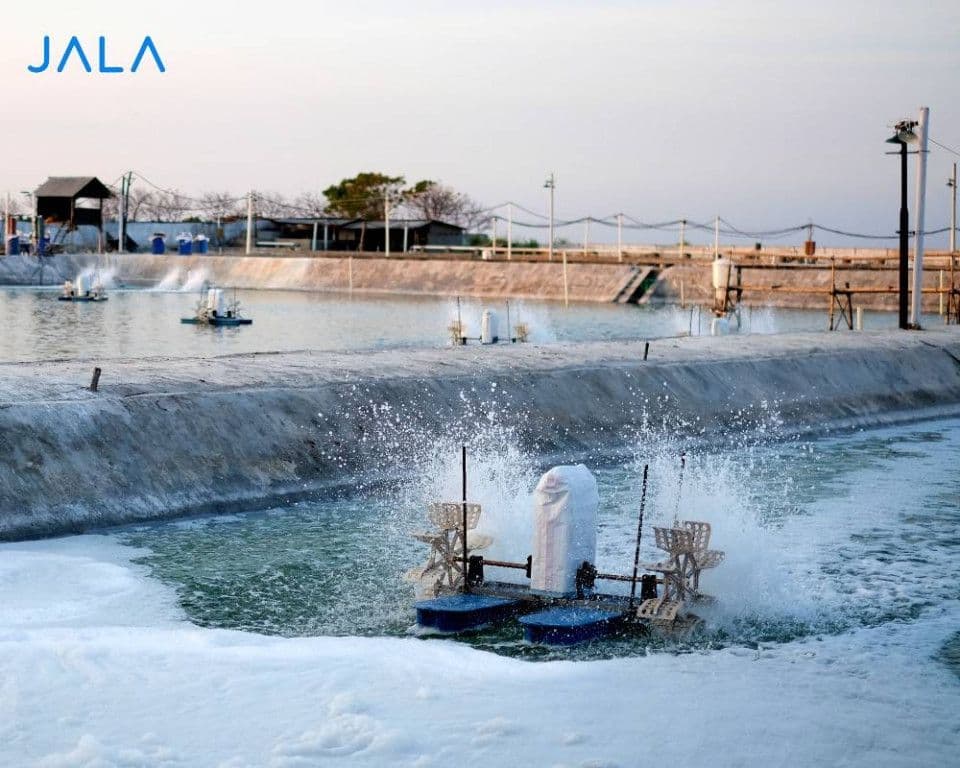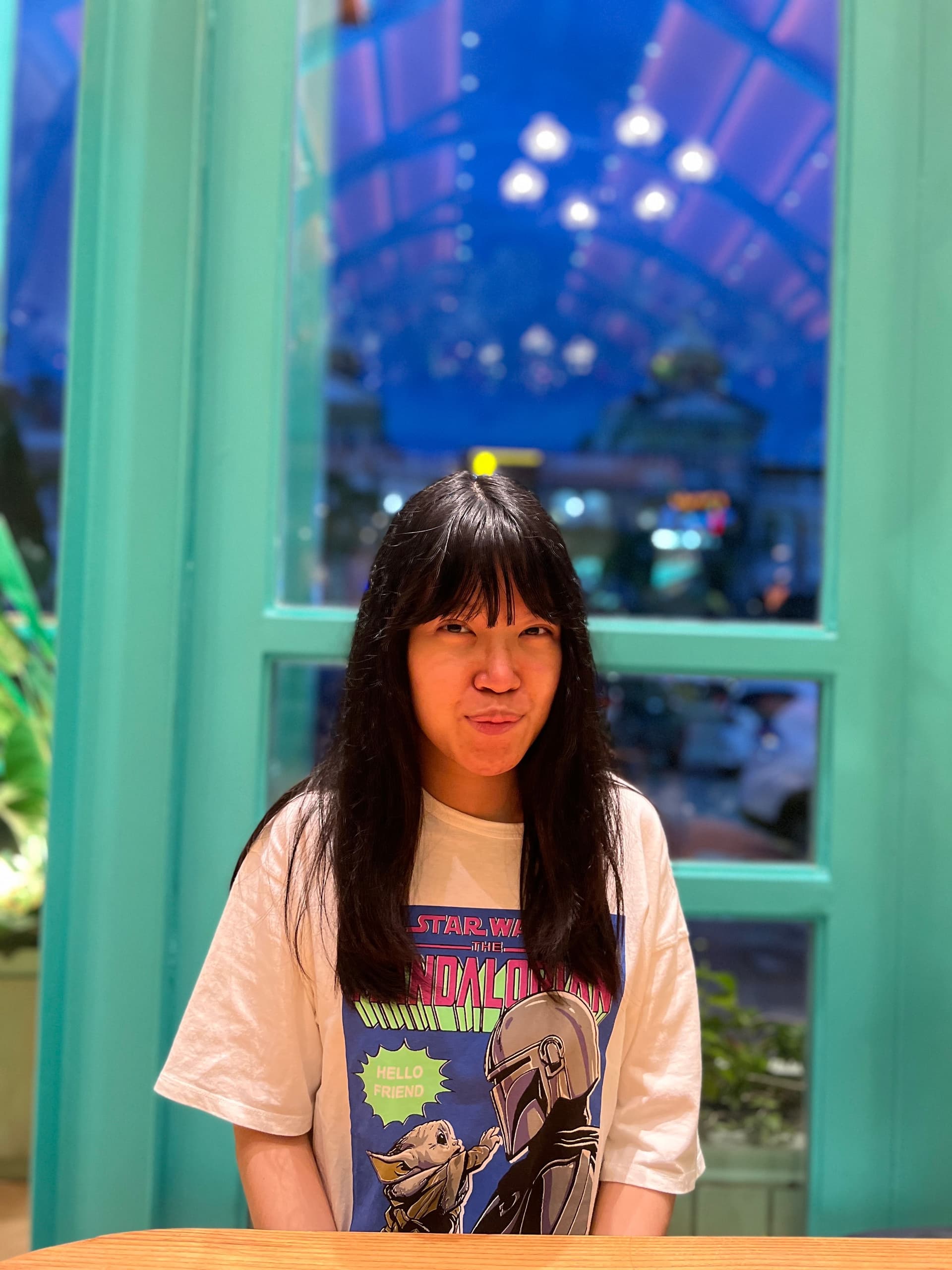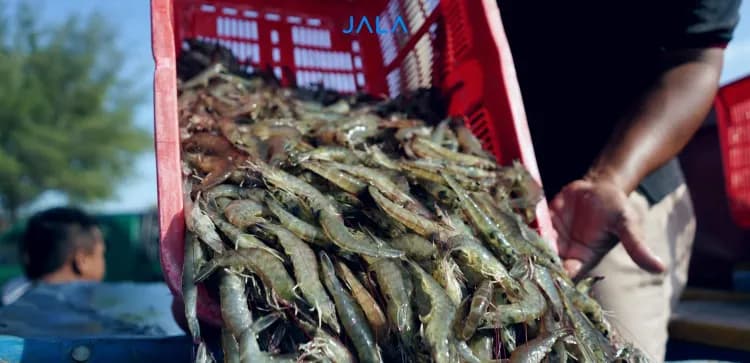
West Nusa Tenggara or NTB is one of the major shrimp farming centers with great potential in Indonesia. This island province consists of Lombok Island and Sumbawa Island, with a coastal water area of over 29,000 km2 and a coastline of 2,332 km2. As a result, NTB province has a huge potential for marine and fishery activities, including shrimp farming.
NTB shrimp production numbers
Since 2020, aquaculture production in NTB has been steadily increasing, from 907,016.59 tons to 946,661.91 tons in 2021, and further to 954,440.36 tons in 2022. Among various aquaculture commodities in NTB, shrimp dominates the production, with a production number of 180,238 tons in 2022, followed by catfish, carp, and grouper fish.
According to the Head of the Department of Marine and Fisheries (DKP) of West Nusa Tenggara, NTB contributed approximately 16.42 percent to the national vannamei shrimp production, which reached 1.09 million tons in 2022.
Size of NTB’s potential shrimp farming area
According to data from the Ministry of Maritime Affairs and Fisheries (KKP), NTB has a potential land area of 27,929.5 hectares for aquaculture. Sumbawa Regency has the largest potential land area of 10,237.5 hectares, followed by Bima at 4,998.5 hectares and East Lombok at 3,500 hectares. However, in 2022, only 8,684.8 hectares were utilized for aquaculture in ponds, and only approximately 4,926.5 hectares for shrimp farming.
Challenges in increasing productivity
Luasnya potensi lahan di NTB belum berimbang dengan pemanfaatan yang telah dilakukan untuk produksi udang. Pemerintah setempat dan KKP telah merencanakan sejumlah terobosan di provinsi NTB melalui berbagai strategi sebagai berikut:
The vast land area in NTB has not been utilized to its maximum potential for shrimp production. The local government and KKP have planned several breakthroughs in NTB through various strategies as follows:
Constructing modern shrimp farm areas
The continuous increase of vannamei shrimp production in NTB has prompted KKP to initiate the development of integrated shrimp ponds in Sumbawa Regency, NTB. This area will cover an area of 528.15 hectares with a total of 1,811 ponds, equipped with facilities such as management control centers, laboratories, and nursery ponds to provide high-quality shrimp fry.
The development will focus on 300 hectares in Sumbawa Regency, spread across Plampang and Maronge, as well as 100 hectares in Bima Regency, located in Woha Langgudu.
Monitoring shrimp health and cultivation environment
Successful shrimp farming relies on the health of the shrimp and an environment that sustains their growth. Besides using high-quality shrimp fry in cultivation, farmers also need to be educated about the importance of health checks for their shrimp to anticipate diseases. Implementing biosecurity measures in ponds is also essential for a safer and more sustainable shrimp cultivation environment.
Improving the quality of shrimp products
Marine and aquaculture commodities in NTB, particularly vannamei shrimp, are also said to have significant export potential. To be able to compete in the export market, there is a need to improve the quality of shrimp products, either through processing or value addition.
Increasing shrimp production and improving its quality in NTB requires effective cooperation between the central and local governments and all stakeholders involved in shrimp farming activities.
Resources:
Udang Mendominasi Produksi Perikanan Budidaya di NTB | Suara NTB
NTB berkontribusi 16,42 persen terhadap produksi udang vaname nasional | Antara News





